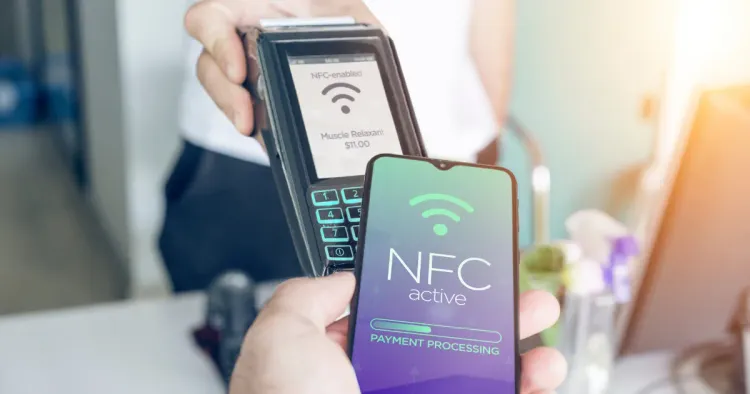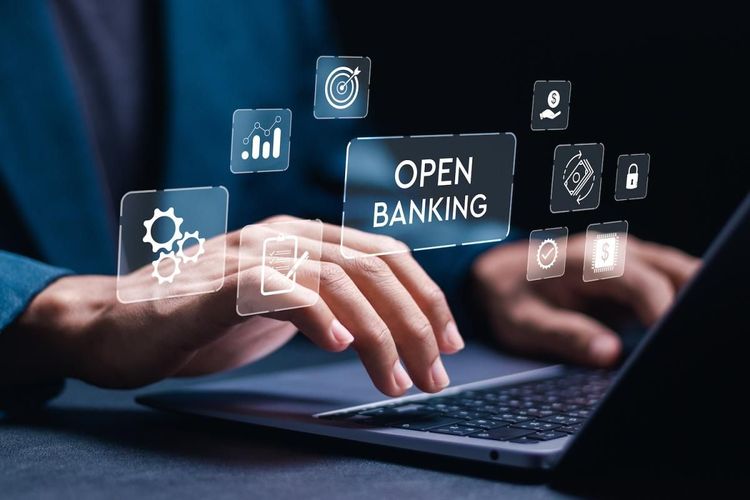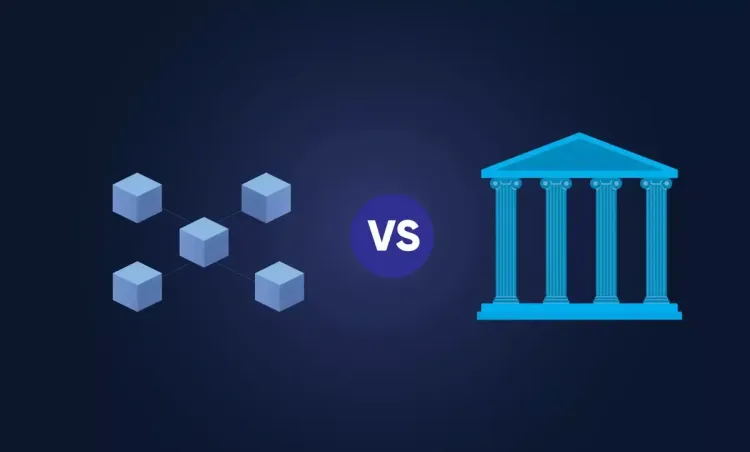In our ever-evolving environment, modern-day living has been overly enhanced with advanced technology tools. One of the most notable was payment methods. With Near Field Communication (NFC) technology, which enables payments through signals, contactless payments are now possible. This advancement eliminates the need for cash, as people can now pay by merely swiping or tapping their devices. The process for NFC payment is not complex; all that needs to be done is to tap your smartphone or other applicable devices. This kind of technology has now expanded its usage to wearables such as watches; everything has become easier and safer. NFC has also become very integral to the way we make payments these days. Its fast adoption by businesses and consumers indicates that we are boldly moving toward a cashless society. In recent years, the advantages that NFC technology has brought forward are unlimited. From purchasing groceries to accessing public transport, NFC has been solving issues people have faced. This article seeks to highlight the potential of the NFC payment system and how it is transforming payments across the world.
The Basics of NFC Technology:
With NFC, which stands for Near Field Communication, data can be exchanged wirelessly over short distances of approximately 4 centimetres. It works on the basis of radio frequency identification (RFID) and enables one device to act as an initiator and the other as a responder. In payments, this means a smartphone or card interacts with a payment terminal to process transactions. The beauty of NFC lies in its simplicity. Users only need to bring their NFC-enabled device near a compatible terminal to complete a transaction. There’s no need for inserting cards, entering PINs, or handling cash. It’s an effortless, speedy, and cutting-edge system suitable for people who always find themselves running on a tight schedule.
Improved Fraud Prevention in Transactions:
Another notable advantage of NFC technology is its ability to secure sensitive data. All data is encrypted after every transaction. This feature greatly differs from standard card transactions that would expose sensitive details because of how NFC payment employs tokenisation. With tokenisation, hazardous information is replaced with a unique digital identifier or token to minimise the chances of fraud. Also, many digital payment systems like Apple Pay, Google Pay, and Samsung Pay use secure biometric approval procedures, like face ID fingerprints or pin codes. These systems offer safer protection features, making them safer than conventional systems.
The Growth of Digital Payments:
The growing popularity of digital wallets has been made possible with the advent of NFC technology. Applications like Apple Pay, Google Pay, and Samsung Pay would not be possible without NFC technology. These digital wallets are secure since they store payment card info without the need for physical cards. Besides, the ease of use of NFC digital wallets makes spending easier. Cardholders can conveniently store several cards, loyalty points, and even bus cards in one digital wallet. They can shop, travel, and eat without carrying physical wallets since smartphones can perform almost the same functions.
Changing Retail Business Operations:
Retailers are quickly embracing NFC technology to simplify their point-of-sale systems. No cash payments mean no or less waiting at the counter, which enhances customers' service experience. This equates to greater turnover and quicker productivity for businesses. NFC is opening avenues for various innovative retail experiences outside of payments. For example, tapping NFC tags embedded in products in a smartphone can provide users with special offers, product details, and even reviews. This technology is changing the way consumers engage with their favourite brands by integrating the digital world into retailing.
Widespread Applications Beyond Shopping:
NFC may traditionally be associated with retail shopping, but its potential is limitless. In public transportation, NFC has completely transformed ticketing. People can now tap their phones or cards on a reader to pay for their fare without having to fumble for cash and tickets. NFC technology is making its way into the healthcare sector too, allowing for secure sharing of sensitive patient information, and streamlining the check-in process. Even at events and other entertainment places, NFC wristbands or tickets are used to grant people entry and let them make cashless purchases.
Future of NFC Technology in Payments:
There is a promising future for NFC technology as innovation keeps redefining its boundaries. For example, as 5G telecommunication technology becomes globally available, so too will faster and more effective NFC payments. The combination of NFC with blockchain technology has the potential to change how transactions are handled via unprecedented levels of security. There has been advancement in the use of NFC technology in wearable devices such as smartwatches, fitness bands, and even jewelry as they are now being converted into personal payment gadgets. This clearly shows that the adoption of NFC has so much room to grow.
Conclusion:
NFC technology has positively impacted how we perform payments. Both consumers and businesses prefer using NFC due to its speed, convenience, and security. The payment methods will never be the same after the introduction of digital wallets, wearables, and other devices that support NFC. Transportation and retail industries have embraced the use of NFC technology because it’s reliable. There is hope for easy payment solutions in the future, which are made possible by NFC technology. We are only scratching the surface of this revolution. The era of contactless payments is here to stay, and the advancements along with the massive adoption of NFC technology are going to change how global payment systems work. Financial transactions will become much smarter while being inclusive and efficient.




